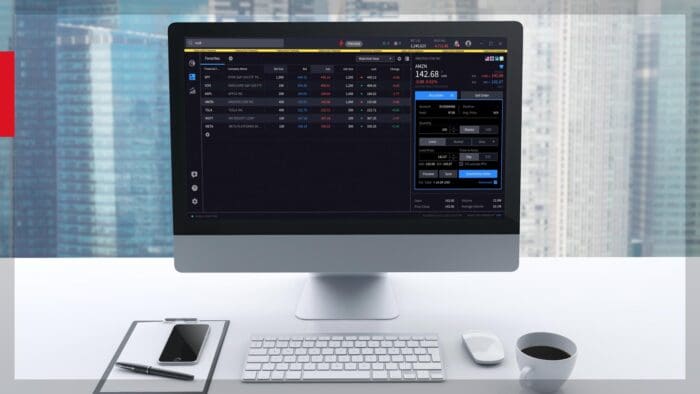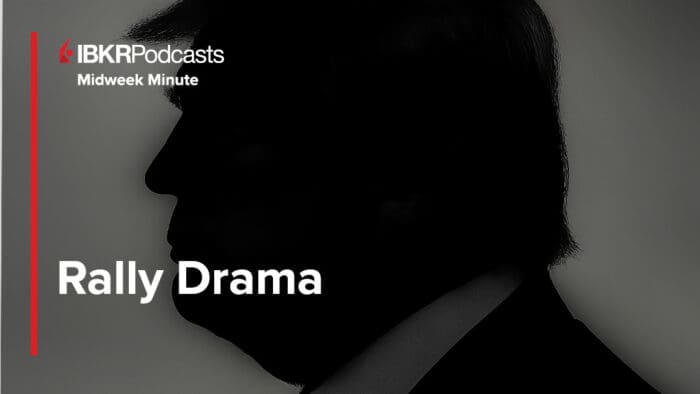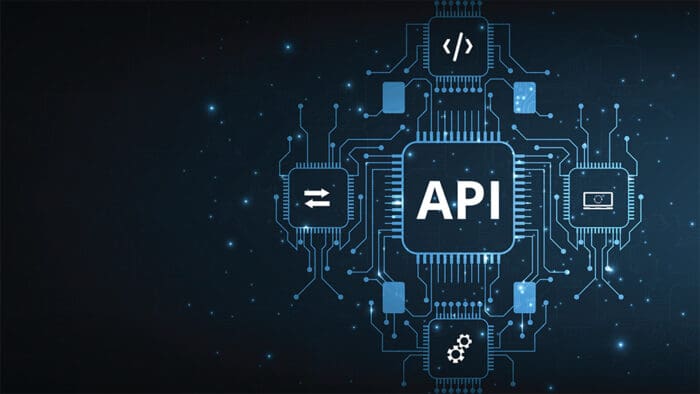This lesson is designed to help you learn where to look for margin amounts held by Interactive Brokers when you buy and sell futures contracts.
Let’s first distinguish between two types of margin definitions facing investors. Many markets and exchanges are regulated and rules have been put in place to ensure markets trade smoothly at all times. These rules cover how investors must finance their positions.
In the securities market, when buying stocks in a company, investors can typically borrow from their broker to finance purchases or making short sales. For long stock positions, for example, an investor may need to pay for half the value of the position and may borrow the other half from the broker. This is known as trading on margin and creates leverage. That can benefit the client when prices move favorably, but will magnify losses when prices move adversely.
In futures markets, brokers set aside a good faith margin amount from clients’ accounts when trading futures. The amount is generally set by the exchange on which the futures contract trades, but the broker reserves the right to hold more of the client’s funds, but never less than the exchange set minimum. Margin can be set at 5-15% of the notional value the futures contract represents and this amount will depend on how volatile its price has proved in the past. And so with a small sum held in
margin, the client is leveraging an amount of money in the futures market, similar to the way clients can do so using securities-based margin.
Let’s look at the description displayed for the crude oil futures contract – ticker CL. Enter the ticker, select the expiration and hit enter. Click-right and from the Financial Information expansion menu select ‘description’.
Towards the bottom of the box there are two margin requirements displayed – Intraday and Overnight. The initial will show what is required to put on the position, whereas the maintenance margin will show what is needed to maintain the position.
To transmit an order to buy or sell this contract during regular trading hours, a customer must have the intraday initial margin available in their account. Once the customer owns the position, the requirement to maintain the position will drop to the intraday maintenance margin. Once the intraday end time approaches and the client chooses to maintain the position overnight, the margin requirement will increase to the overnight maintenance. Note that there are different intraday end times for different futures contracts, which can be seen on our website. If the account has the required maintenance margin then the position will remain open. If, however, the account does not have the required overnight amount, the contract will be forced closed.
Using the ‘Check Margin’ feature in TWS it is possible to see the impact of a proposed futures trade before submitting to the exchange. This is demonstrated by loading a trade to buy or sell a single contract. Here, I’ll continue with the crude oil futures symbol and using a market order for one contract. Next, locate and click the Advanced button to the right of the input fields. Click on the Check Margin button to pop-up an Order Preview ticket. To the left you can see the consideration of the trade along with commission payable to IB. To the right is a margin matrix displaying the projected change in your equity and margin requirements BEFORE and AFTER the trade executes.
Let’s do that one more time with another contract. Click on the ticker and enter the quantity and price if necessary. Use the Advanced button to access the Check Margin button – click it to create an Order Preview window to display projected margin and equity with loan values.
And you may also access margin requirements by simply clicking right on any futures symbol as we showed you in an earlier video.
Choose Financial Information and Description to see a concise display including margin,
Or
Choose Financial Information and Details to view using the Securities and Contract Search page and then locate the margin information.
Finally, in order to see margin held and available funds in your account, within the Portfolio Monitor click the Account button. Here you will see Balances, Margin Requirements and funds Available for trading. Earlier we noted that margin is treated differently for securities and commodities. Notice that the Total column is comprised of Securities and Commodities, which are listed separately. Be careful to keep an eye on the value of your account available for trading futures.













I have some question about buying/selling non-based currency future contract. I would like to understand how transaction goes. Let’s say 1. My account is margin account wiht USD based. 2. I want to buy 1 contract of V2X, which is EUR based future. (e.g. with margin requirment 1,000 EUR/cont) 3. Then I sell it and make 10 EUR profit. In my understanding 1. When we buy the contract, there are two possible options I can think of – the system will automatically borrow 1000 EUR, with incur interest on in order to match the margin requirement – the system just lock the USD amount equivalent to 1000 EUR. (No borrowing happen, no interest is chaged) which one is the right one 2. When I sell the contract with some PNL (let’s say with a loss of 15 EUR) – Firstly the system will check I my acocunt have EUR or not. If there is some EUR, the system will deduce 15 from EUR account. But I have no balance in EUR account. It will show as -15 EUR on the balance, meaning that I borrow 15 EUR from IB, with interest. So I have two choice: to leave it and keep paying interest or close non-usd position. If I choose to close non-usd position, the system will use USD to buy EUR, and the EUR will change from -15 to 0. Am i understand correcting in this point. 3. Commission per trade: – Since the comm for V2X is 2EUR. I wondering how can I pay that what transaction is made? Please let me know if there is resource for understading trading non-based currency future. Thank you in advance.
Hello, thank you for asking. Cash accounts must maintain a positive cash balance. In order to trade a foreign security, you must deposit or convert funds to the desired security’s currency, and the trade can be placed once the funds settle. For instance, if you carry Euros in your account and want to trade a stock on an American stock exchange, you will need settled USD funds. Please note that forex settlement generally takes place one business day following the transaction. Margin accounts allow you to trade without converting currencies or waiting for cash to settle. Please note that if you do not convert the currency, you will have a negative cash balance in that currency.
It is required that you meet the margin requirement in your account. Failure to meet these requirements will result in becoming subject to liquidation of assets to bring the account back into margin compliance.
Thank for replying. I do understand now that, for margin account, I can trade without converting currency in advance and having negative balance on that currency. There are a couple things I would like to understand. Let’s say my base currency is USD and have no EUR in my account. I would like to buy V2X future which is EUR based. I wonder 1. The negative balance is will be associated with pnl, margin requirement or commission? 2. Does the negative balance get charged for interest, in case of not converting the currency? 3. What does it mean in term of transaction perspective for negative balance (what happen behind the scene) such as I borrow that amount? Thank you!
Hello, thank you for asking. When purchasing EUR-denominated securities without having EUR in the account:
The negative balance will occur due to automatic margin loans created by the system to cover the transaction when there are insufficient funds in that currency.
Yes, you will be obligated to pay interest on the negative balance.
A margin loan is created by borrowing funds in your margin account. If you do not want margin loans, you can convert currencies before trading and maintain a positive aggregate cash balance in the account. Even with a positive cash balance, be aware that a loan may still exist due to balance netting or timing differences. You can view our Margin Rates and Requirements:
For more instructions to convert currencies, please view: https://www.interactivebrokers.com/faq?id=111454768
For more information on our Margin Rates and Requirements, please review: https://spr.ly/CampusMarginRequirements
We hope this information is helpful!
if it was an intraday trade? given Nanthawat’s example: USD cash in account and EUR future contract. buy and sell is done intraday – gain was recorded. would there be interest charged on the negative balance if it wasn’t carried over to the next day? Also, can equities in the account act as collateral for futures margin requirements? example, cash below the 20k usd required margin for a futures contract… but the account has a stock position worth 200k usd, can an intraday futures trade be executed?